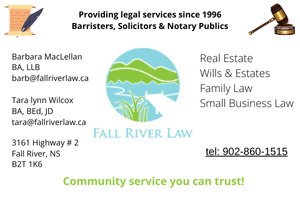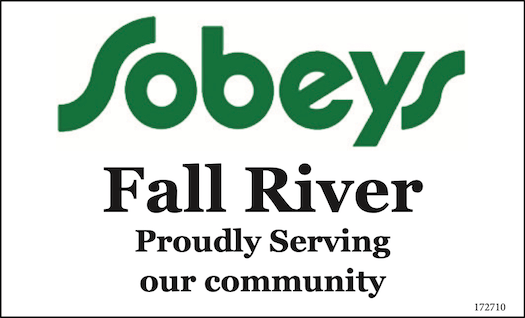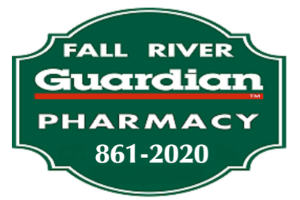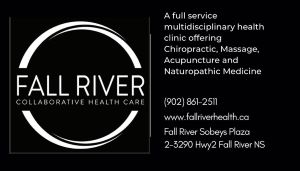The following is a release sent by Take Action on Radon to media.
Radon Action Month Interactive Event Addresses Canadians’ Most Pressing Questions
EAST HANTS/HRM: Radon is an odourless, tasteless, and colourless gas that is the leading cause of lung cancer in non-smokers.
With Canadians spending extra time at home this year because of COVID-19, and cooler weather settling in, it is more important than ever that all Canadians know what their home radon level is and ensure the air they breathe is healthy.
To mark Radon Action Month this November, Take Action on Radon, a national health coalition, is hosting an interactive webinar for Canadians with radon experts from Health Canada, Simon Fraser University, and the Canadian National Radon Proficiency Program on November 19, at 1 pm EST.
Canadians will be able to ask questions ranging from the impact of radon on their health to how to test their homes and reduce their risk of radon exposure. To register for this free webinar, visit TakeActionOnRadon.ca.
The event will also highlight findings from the 2019 100 Radon Test Kit Challenge. The initiative distributed radon test kits in 15 communities across the country to build awareness of the importance of testing for radon and give residents easy access to detectors. This winter, 20 new communities will participate in the Challenge, further broadening Health Canada’s understanding of radon concentrations in the country and helping to protect Canadians against the risk of lung cancer.
“When it comes to protecting your family’s health and safety, testing for radon should be as automatic as installing a smoke detector or buckling your seatbelt,” says Pam Warkentin, Executive Director of the Canadian Association of Radon Scientists and Technologists and Project Manager at Take Action on Radon. “Testing is so easy to do. And if you receive high test results, mitigation systems are proven to be very effective.”
Radon is a naturally occurring and cancer-causing radioactive gas that is responsible for the deaths of more than 3,000 Canadians annually. It is present in the air and can accumulate in high concentrations in homes — a particular problem in Canada, where homes are airtight and sealed during the winter. Long-term exposure to elevated levels of radon leads to an increased risk of lung cancer. Since radon levels can vary, even between neighbouring houses, the only way for homeowners to determine their home’s radon level is to test for it.
“Radon is a bit like COVID-19. The only way to know if you have it is by testing,” says Pierre Dubois who was recently diagnosed with lung cancer. “My wife and I thought we were safe in our quiet neighbourhood, but we weren’t. After testing, we discovered very high levels of radon in our home. I wish I had known the risks 10 years ago when we bought the house. Now, my only hope is that my wife’s health hasn’t been compromised as well.”
In Canada, at least 7 percent of residents live in homes with radon concentrations above what Health Canada considers safe.
According to the Canadian Cancer Society, 58 Canadians on average will die from lung cancer every day, making it the leading cause of cancer death in Canada. It is important Canadians know that they can control their risk from radon by testing their homes and reducing their exposure.
Take Action on Radon is a national health initiative that works to bring together radon stakeholders and raise radon awareness across Canada. It is led by the Canadian Association of Radon Scientists and Technologists (CARST), CAREX Canada, and the Canadian Cancer Society.
Canadians wishing to learn more about radon and how to protect their health are encouraged to visit www.TakeActiononRadon.ca and attend an interactive webinar with radon experts on November 19 at, 2:30 pm NST; 2 pm AST; 1 pm EST; noon CST; 11 am MST; 10 am PST.
Error, group does not exist! Check your syntax! (ID: 9)

































